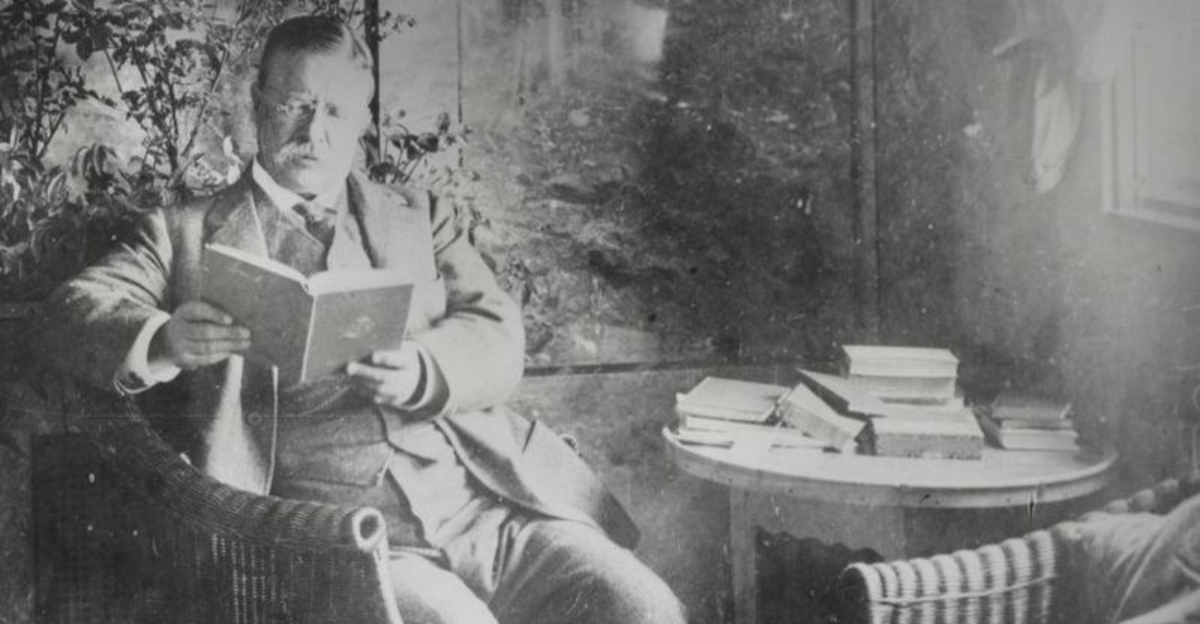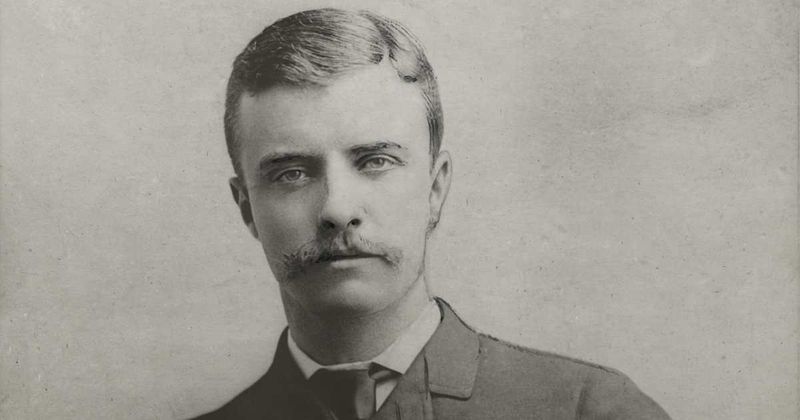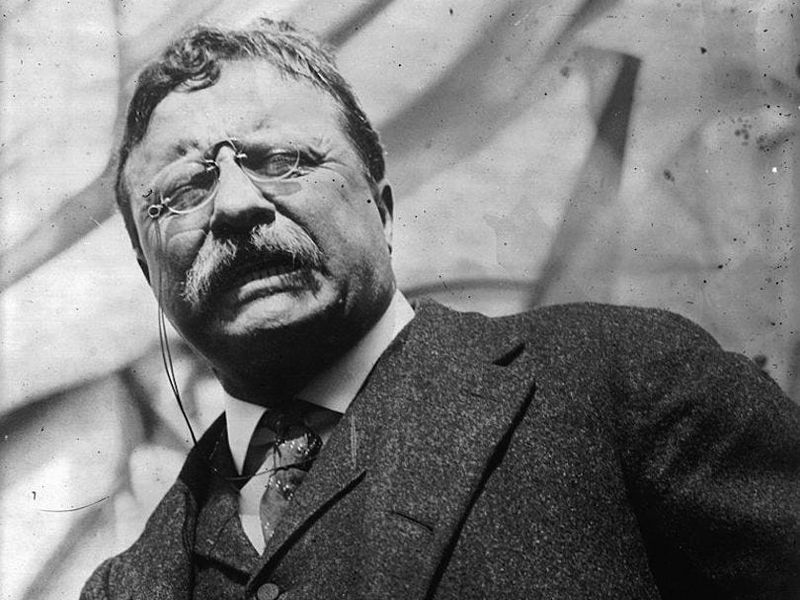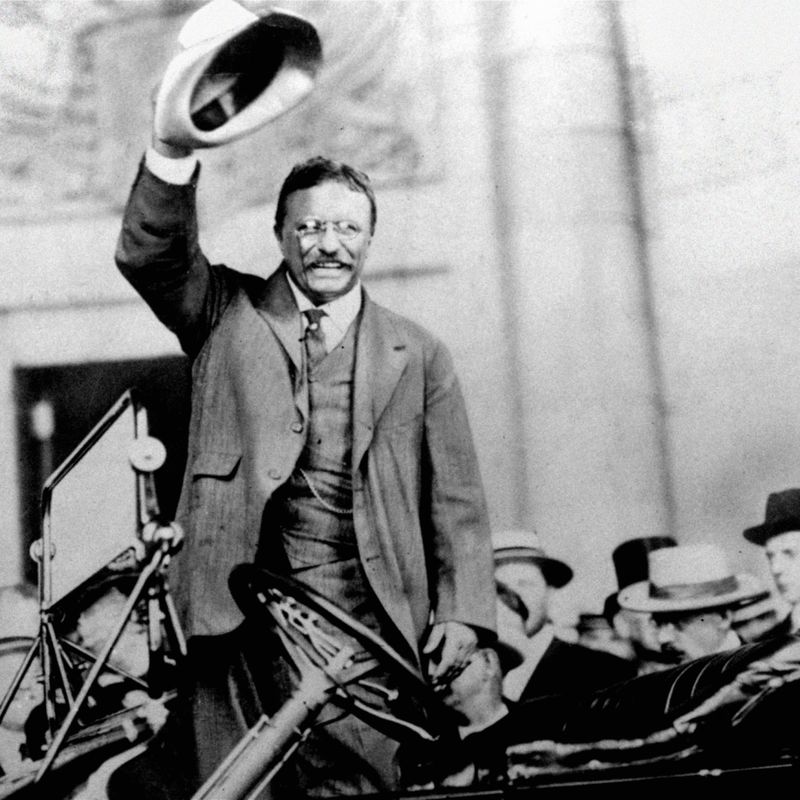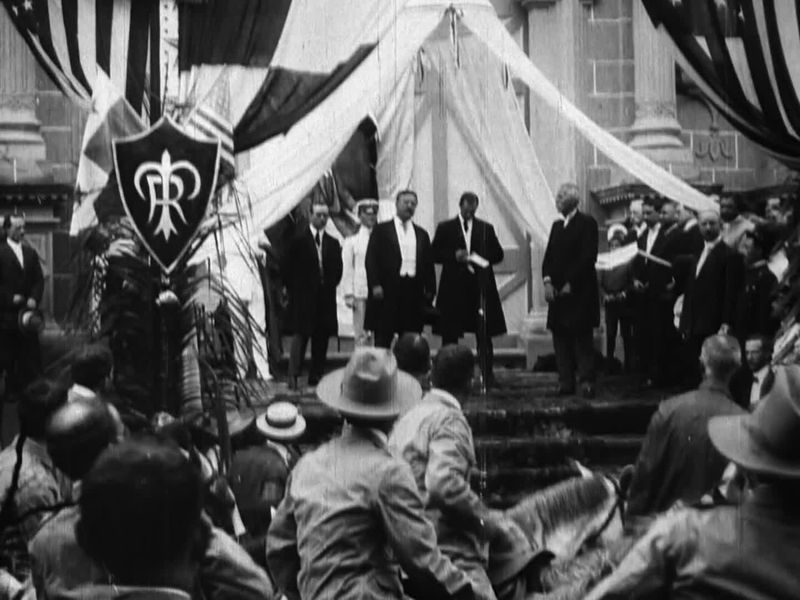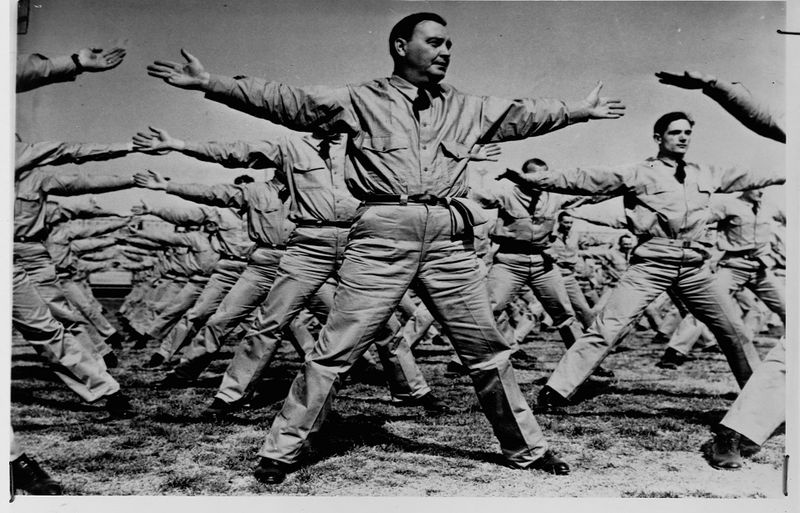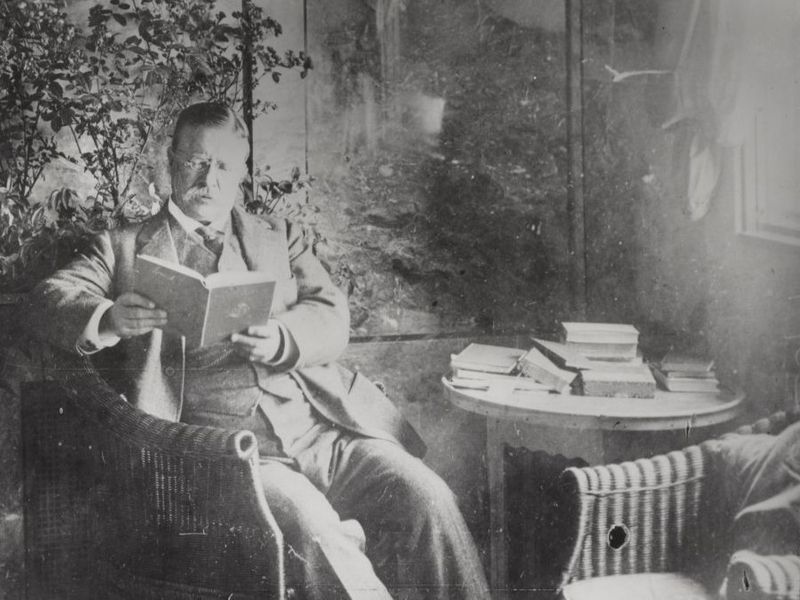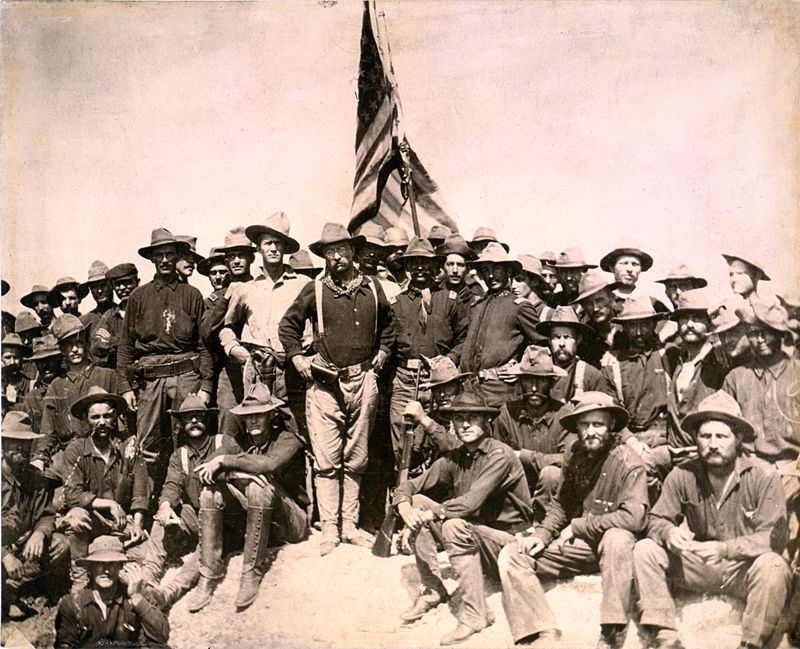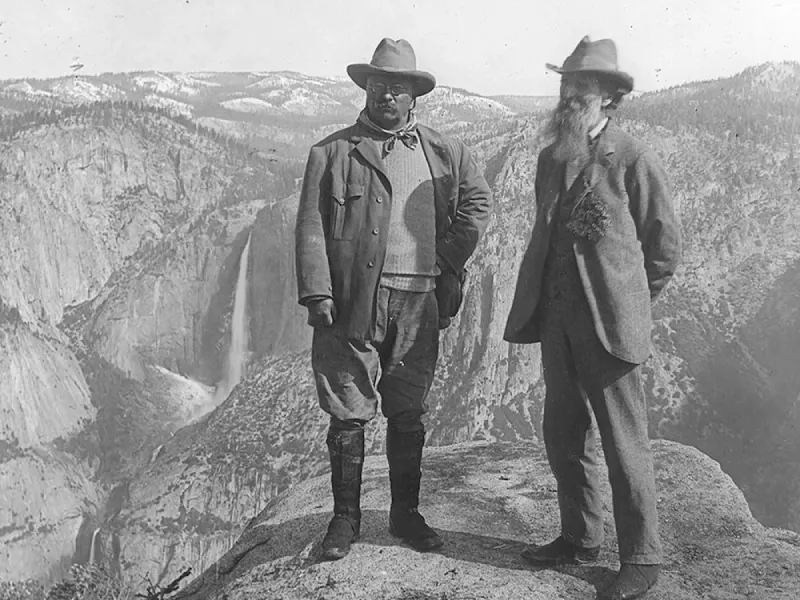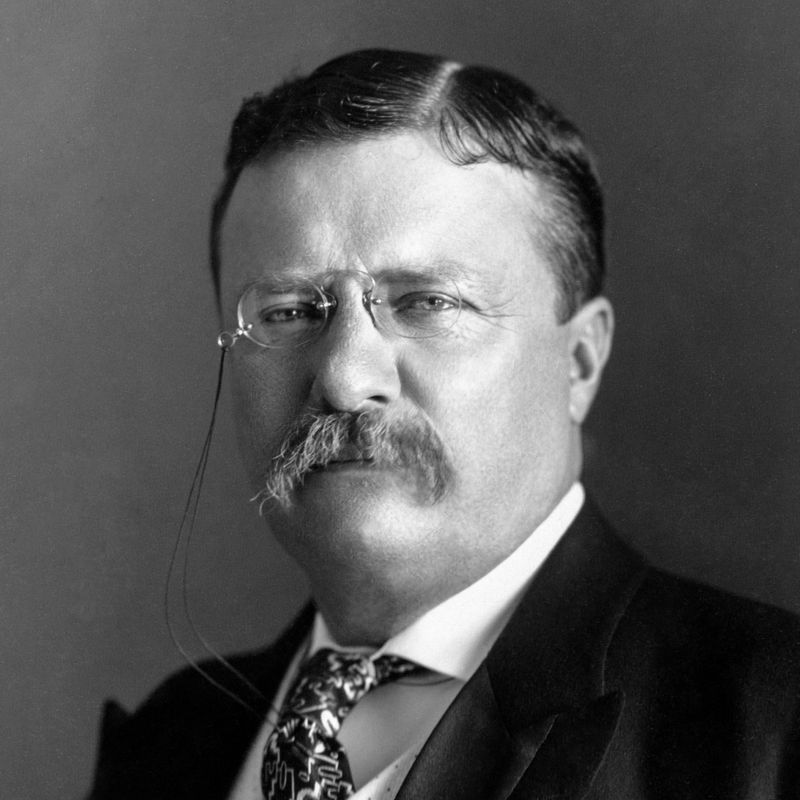Theodore Roosevelt, the 26th President of the United States, was a man of extraordinary vigor and diverse interests. Known for his larger-than-life personality, he left an indelible mark on American history. From his adventurous exploits to his political acumen, Roosevelt’s life was filled with fascinating events and achievements. In this blog post, we explore twelve captivating facts about this dynamic leader, showcasing his unique character and lasting legacy.
1. Youngest U.S. President
At the remarkably young age of 42, Theodore Roosevelt ascended to the presidency following the assassination of William McKinley in 1901. This made him the youngest person to ever hold the office, surpassing even John F. Kennedy, who was elected at 43. Roosevelt’s youthful energy was evident as he tackled challenges with vigor. His robust approach to leadership brought a revitalized spirit to the nation. The image of a vibrant, young president leading America was both refreshing and inspiring. Roosevelt’s age not only marked a record but also symbolized a new era of reform and progress.
2. Survived an Assassination Attempt—Then Gave a Speech
In a remarkable display of resilience, Theodore Roosevelt survived an assassination attempt in 1912. Shot in the chest by a would-be assassin, the bullet lodged near his rib. Despite the injury, Roosevelt insisted on delivering his scheduled 90-minute speech, holding up the bullet-pierced manuscript. “It takes more than that to kill a Bull Moose,” he declared, showcasing his indomitable spirit. His actions demonstrated unparalleled courage and determination. The incident not only underscored his toughness but also captivated the nation’s attention, solidifying his reputation as a fearless leader.
3. Nobel Peace Prize Winner
Theodore Roosevelt’s diplomatic prowess earned him the Nobel Peace Prize in 1906. As the first American recipient, he was recognized for negotiating an end to the Russo-Japanese War. Roosevelt’s mediation efforts were instrumental in bringing the two warring nations to the table, showcasing his skill in international diplomacy. His achievement highlighted the United States’ growing influence on the global stage. The award not only honored his contribution to peace but also marked a significant milestone in American history, positioning Roosevelt as a leading figure in global affairs.
4. The Teddy Bear Is Named After Him
The origin of the “Teddy Bear” traces back to a hunting trip in 1902, where Roosevelt famously refused to shoot a bear cub. This compassionate gesture was immortalized in a political cartoon, capturing the public’s imagination. Toy manufacturers quickly seized the opportunity, creating the beloved “Teddy Bear” that became a symbol of childhood comfort and joy. Roosevelt’s act of mercy resonated with people, reflecting his humane side and connection with nature. The bear’s namesake continues to be a cherished plaything, reminding us of Roosevelt’s enduring influence beyond politics.
5. First President to Leave the Country
Trailblazing in international diplomacy, Theodore Roosevelt became the first sitting U.S. president to leave the country when he visited Panama in 1906. His visit was to inspect the construction of the Panama Canal, a monumental project he fervently supported. Roosevelt’s presence underscored the canal’s significance in enhancing global trade routes. The visit demonstrated his hands-on approach to governance and commitment to advancing American influence abroad. By personally overseeing the project, Roosevelt highlighted the strategic importance of the canal, cementing his legacy as a forward-thinking leader.
6. Avid Boxer & Martial Artist
Theodore Roosevelt’s passion for physical fitness was evident in his love for boxing and martial arts. An avid boxer, he engaged in regular sparring sessions even within the White House. His enthusiasm for the sport was so intense that he once suffered a detached retina, leading to partial blindness in one eye. Roosevelt also practiced jiu-jitsu, embracing the discipline and rigor of martial arts. His commitment to physical activity reflected his belief in the “strenuous life,” promoting vitality and resilience. Roosevelt’s athletic pursuits mirrored his dynamic personality and zest for life.
7. Read a Book a Day & Wrote 35+ Books
Theodore Roosevelt was an intellectual powerhouse, reputedly reading a book a day. His voracious appetite for knowledge spanned subjects like history, science, and philosophy. Besides reading, Roosevelt was a prolific writer, authoring over 35 books on diverse topics, including naval warfare and the American West. His literary contributions enriched public discourse and reflected his deep understanding of complex issues. Roosevelt’s love for reading and writing underscored his intellectual curiosity and commitment to lifelong learning. His literary legacy continues to inspire readers and scholars alike.
8. Led the “Rough Riders” Up San Juan Hill
Before his presidency, Theodore Roosevelt gained fame as the leader of the Rough Riders during the Spanish-American War in 1898. Resigning as Assistant Navy Secretary, he organized the volunteer cavalry unit and led a daring charge up San Juan Hill. This bold action was pivotal in the war, earning him national acclaim. Roosevelt’s leadership and bravery were widely celebrated, contributing to his rising political career. The Rough Riders’ success at San Juan Hill became a defining moment in his life, showcasing his courage and dedication to his country.
9. First President to Ride in a Car & Fly in a Plane
Theodore Roosevelt was an innovator, embracing new technologies as part of his modern outlook. In 1902, he became the first U.S. president to ride in an automobile, signaling his openness to change. Later, in 1910, he made history again as the first ex-president to fly in an airplane, piloted by Arch Hoxsey. These ventures reflected Roosevelt’s adventurous spirit and willingness to explore the unknown. His experiences with these innovations symbolized the dawn of a new era, where technological advancements began to reshape the world.
10. Expanded National Parks & Created Wildlife Refuges
Theodore Roosevelt’s conservation efforts were groundbreaking, as he championed the preservation of America’s natural landscapes. Under his leadership, over 230 million acres were protected, including five national parks and numerous wildlife refuges. His dedication to conservation reflected a profound respect for nature and future generations. Roosevelt’s initiatives laid the foundation for modern environmentalism, ensuring that the country’s natural beauty remained accessible to all. His vision for conserving wild spaces earned him the title of “Conservation President,” highlighting his lasting impact on America’s environmental heritage.
11. Ran for President on a Third-Party Ticket
After his presidency, Theodore Roosevelt remained politically active, running for president again in 1912 under the Progressive Party, famously known as the “Bull Moose Party.” His decision to break from the Republican Party showcased his commitment to progressive ideals. Roosevelt’s spirited campaign was marked by his dynamic speeches and reformist agenda. Although he didn’t win, his candidacy split the Republican vote, leading to Woodrow Wilson’s victory. The campaign highlighted his influence on American politics and his willingness to challenge the status quo in pursuit of meaningful change.
12. Sent a “Selfie” Telegram to the World
In 1903, Theodore Roosevelt made history by sending the first transatlantic wireless telegram from the United States to England. This communication milestone demonstrated the potential of radio technology. Roosevelt’s message, often likened to a modern-day “selfie,” symbolized the interconnectedness of the world. His embrace of this innovation showcased his forward-thinking approach and openness to technological progress. The telegram marked a significant step in global communication, reflecting Roosevelt’s belief in harnessing new technologies to advance society and strengthen international relations.
